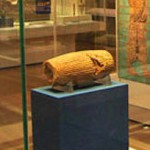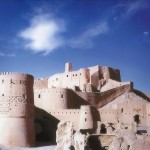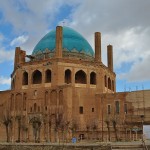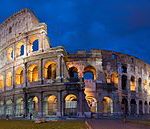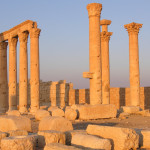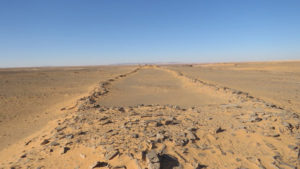 According to a statement released by the Max Planck Institute for the Science of Human History , an international team of researchers analyzed satellite imagery and conducted field surveys to document hundreds of massive rectangular stone structures in northwestern Saudi Arabia, and discover more than one hundred additional structures.
According to a statement released by the Max Planck Institute for the Science of Human History , an international team of researchers analyzed satellite imagery and conducted field surveys to document hundreds of massive rectangular stone structures in northwestern Saudi Arabia, and discover more than one hundred additional structures.
Known as “mustatils,” the rectangular monuments are thought to have been constructed
by pastoralists for ritual use. Most of them consist of two large platforms connected by
long, low, parallel walls, and some locations have multiple structures built right next to
each other. Few artifacts have been found at the mustatils. Bones of wild animals and
what may have been wild aurochs or early domesticated cattle were found inside one of
the platforms. Charcoal from this site has been dated to 7,000 years ago, when the region was covered with grasses, dotted with lakes, and vulnerable to drought. Researcher Huw Groucutt explained that the very act of building mustatils probably helped to bond pastoralists living in such a challenging environment




